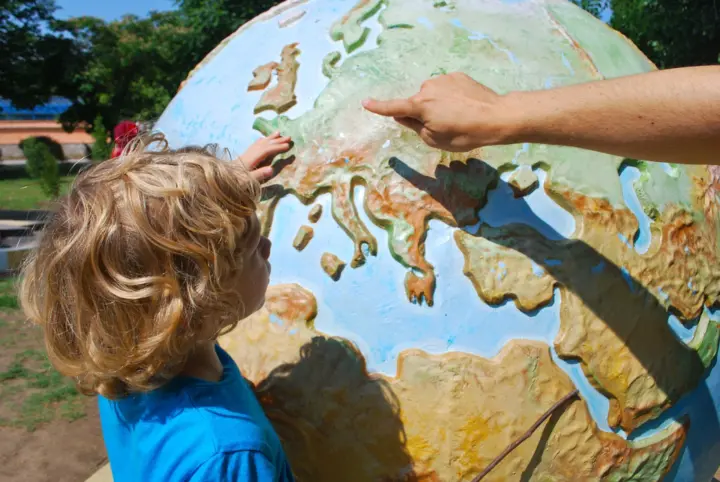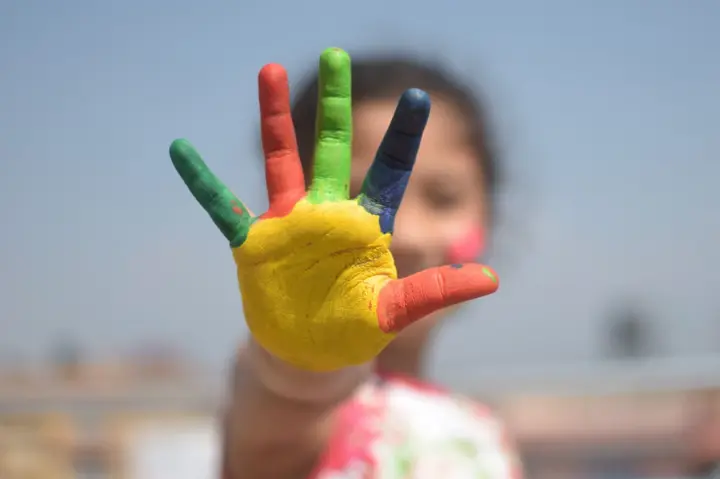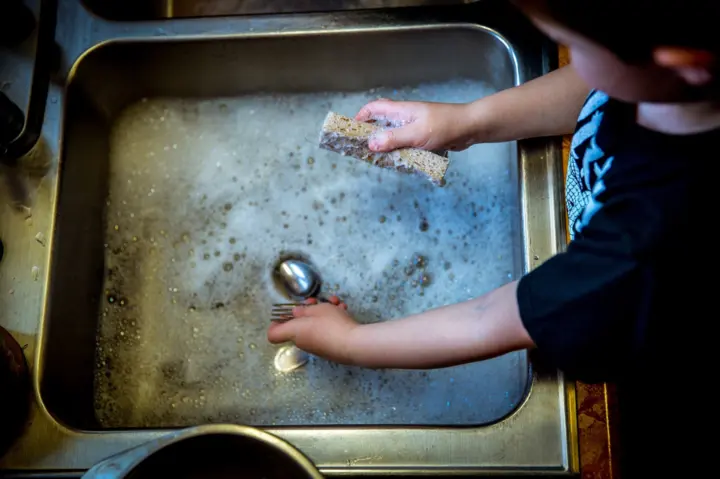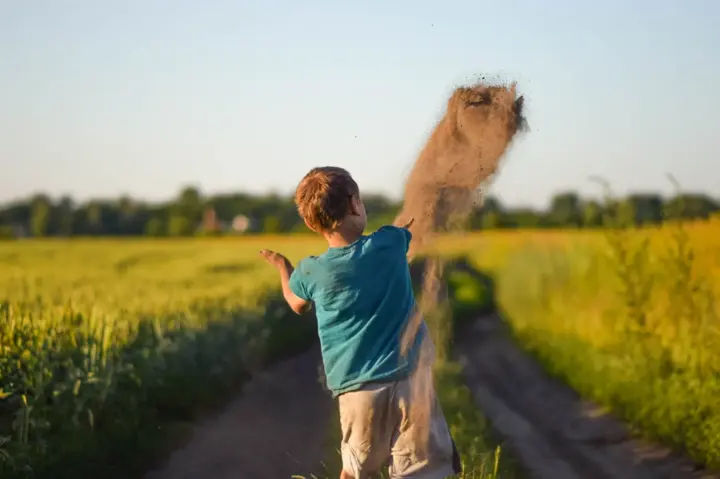Don't ignore daily activities that teach children math and basic science skills
There is a widespread belief that the "simple" tasks that children like to do are not educational, and this is a misconception that we should not be deceived by to go one day to kindergarten Let's say on (Parents' Day) what will we see? Most children sit at a table and do math and science activities using materials in a specially prepared environment.Parents are impressed that their young children learn sophisticated concepts such as volume and fluid measurement, and fluid dynamics from the process of pouring water. Children learn to recognize numbers, add and subtract, and complex math concepts such as sequence and pattern recognition using number bars. They learn about volume and mass, spatial awareness and geometry, fractions, and multiplication using math blocks.
Recommend
What are the educational activities?

Parents often have a common misconception about what educational activities are and what children learn from different activities. The group of children who learn to pour water and play with the abacus, beads or math cubes learn an impressive list of concepts – organically, through hands-on play. The little girl who cuts carrots also learns the concepts of mathematics and science. It learns fine motor skills, hand-eye coordination, counting, division and fractions, density and volume... And life skills - such as cutting carrots to eat. It is understood that her parents may have been embarrassed about the fact that she was not doing "educational activities." This is because we tend to define one set of activities as educational and ignore another. After all, it's all very "easy." The groups we ignore are usually activities from real life and daily tasks, but they are educational in nature, and sometimes even more, precisely because they are activities from real life.
What is daily learning?

Children learn from the world around them from day one. But once we decide that they are of school age, we assign children "school education" and prioritize it over lifelong learning. Children also learn through hands-on play. In a specially prepared environment that provides children with age-appropriate materials such as beads, math cubes and counting bars, allowing them to learn through hands-on play. For example, playing with cubes, children learn math concepts organically. They understand concepts and how they work in the real world. Later, when children add, subtract, and make fractions, they already have an understanding of how numbers work. Numbers are not just symbols on paper, they are concepts that children "understand." Daily tasks are no different. Carrot cutting is of equal educational importance. The little girl who cuts the carrot imitates a task from real life. Her play has the added value of being associated with a life skill.
Daily learning is hands-on training.
• It is a tradition and helping adults with real-world tasks.
• It is observational learning.
• It's the gameplay process
When children learn through practical play as when they use different subjects we can say that it is a math and science education because they "work" in a specific environment. We as parents can recognize and categorize them.
But children learn in similar everyday ways, even when we don't name the process. We underestimate the importance of learning because it is part of everyday life and not separate as an "educational activity". Like a pre-set kindergarten environment that we consider educational, we must recognize and provide opportunities for our children to gain daily learning experiences.
When your little one spends time studying insects crawling on the stems and leaves of tomato plants in your garden, they practice observational learning. They discover patterns, classify, see the interconnectedness of life, and learn about the life cycle of plants. They monitor plant biology, ecology and interdependence. They may form simple questions and assumptions about the relationships between insects and plants.
When your child picks dandelion plants, blows seeds, and watches them splattered and float away, they learn about scientific concepts such as the plant life cycle, seed dispersal mechanisms, aerodynamics, and patterns. They also learn fine motor skills and sensory exploration.
When you get your child involved in everyday life skills tasks such as cutting vegetables, sorting and folding laundry, measuring ingredients, setting the table, planting seeds in the garden, or sorting containers for recycling, they learn a long list of math and science concepts.
• They also learn life skills and other social and emotional skills. They learn through relevant activities that are part of everyday life.
Children imitate adult life in play. They dress up, play imitating what's happening in the store, pretend to bake cakes and plant a garden. When we get children to participate in these daily activities in real life, they learn a myriad of valuable academic skills.
The educational value of everyday tasks

We often prioritize academic lessons and go beyond everyday learning. Maybe we want to be applause parents for their wonderful children who are learning complex math and science concepts.
• Let's be parents by involving our children in the daily learning that happens alongside real life.
• Let's be parents who encourage their children to learn through hands-on activities, play and observational learning.
Let's be parents who ask their children to help prepare dinner by preparing materials and ingredients, pouring water into glasses for each person, or setting up the table.
• Let's remember to see all the complex concepts our children can learn from sorting laundry, watering plants, preparing a grocery list, and taking care of pets.
Social, emotional and associative benefits of everyday learning

Tasks that connect children to their environment can make learning more relevant and help them engage. They can see the value of the task and see the outcome of their efforts. Sort laundry, plant seeds, care for a pet, or cook? The key for us as parents is not to overlook how this type of learning happens and how valuable it is. We just need to include it in small ways – every day. This also helps children gain independence and confidence in their skills. It helps you form a stronger bond with your child because tasks are interconnected and meaningful — and you both do them together.








